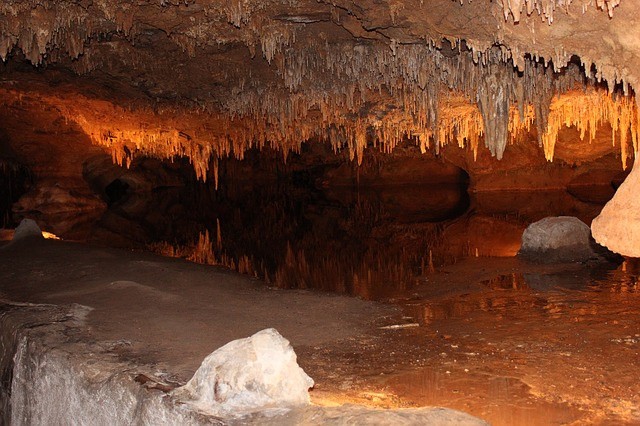
Analysis of the ancient ornate grave of infant girl 'Neve' as the first kind found with the kind of trapping humans put in burial later on. This relic is the oldest discovery in Europe that changed how things were viewed ten millennia ago.
The discovery of the grave of the infant girl about 10,000 years ago caused a stir due to the relic's age. Also, how the grave is found shows ancient humans had surprising burial customs. A new fact opened up more questions about how human ancestors' lives were culturally and socially structured then.
Ancient ornate grave of infant girl discovered
Scientists in Italy found Neve in a cave where the remains lay for a long time, marking the child's final resting place. To date, this is the oldest so far, reported the Daily Mail.
The infant comes from a hunter-gatherer family as the burial was decorated with shell beads with an eagle-owl claw. A group from the Colorado University discovered the grave.
Found in 2017 in the Arma Veirana cave, located at the Ligurian pre-Alps, archaeologists have done the digging with utmost care since 2018.
This was the first burial done this way in the early Mesolithic, and the way the objects were in the grave show an egalitarian nature of burying the dead, cited Science Daily.
How the remains were discovered shows even in early death, children were full people, highlighting how funerals were.
Another example is 11,500 years old burial of infants in Upward Sun River, Alaska. Both burials in Alaska and ancient ornate graves of infants in Italy show the same custom for those from Europe to North America.
The teeth were examined and determined the infant Neve died at 40 to 50 days old. Problems with development show that her teeth stopped growing 47 and 48 days before birth, noted SciTech Daily.
Scientists think the Italy and Alaska graves were the same but different places.
Oldest infant grave in Europe
Arma Veirana is popular in northwest Italy, where looters would dig up Ice Age tools that led archeologists to the cave in 2015. They could find tools from 50,000 years back digging close to the cave mouth.
More diggings led to finding shell beads and part of the infant's skullcap by Claudine Gravel-Miguel, an anthropologist from Arizona State University. It was assumed the skull was from a child and a significant discovery.
Several decorations like beads, talons, and a four-shell pendant were made care of. The experts think the worn pieces were passed down to the infant by someone else in the stone age group.
Neve's mother ate a land-based diet when pregnant based on the teeth analysis. Carbon dating shows the infant has lived 10,000 years in the past.
Jamie Hodgkins, Colorado University remark there are graves as old as 14,000 years ago. He examined the bead in the grave as coming from parts of the Paleolithic and Mesolithic are not known if there were burial traditions at that time. Finding the grave of an infant girl adds more information to current knowledge.
Caley Orr, the author, and paleoanthropologist of the University of Colorado School of Medicine, said the Mesolithic period is very interesting in pre-history. This discovery shows humanity's ancestors at the end of the Ice Age in Europe were hunter-gatherers, as indicated by the Journal Scientific Reports.
The ancient ornate grave of infant girl 'Neve' had thrown clues that archeologists can look for if they encounter another ancient relic. Understanding the time 10,000 years ago is not clear but finds like 'Neve' will change everything we know.
Related Article: Siberian Cave Yields DNA Showing that Denisovans and Neanderthals Were Cohabiting About 44,000 Years Ago








